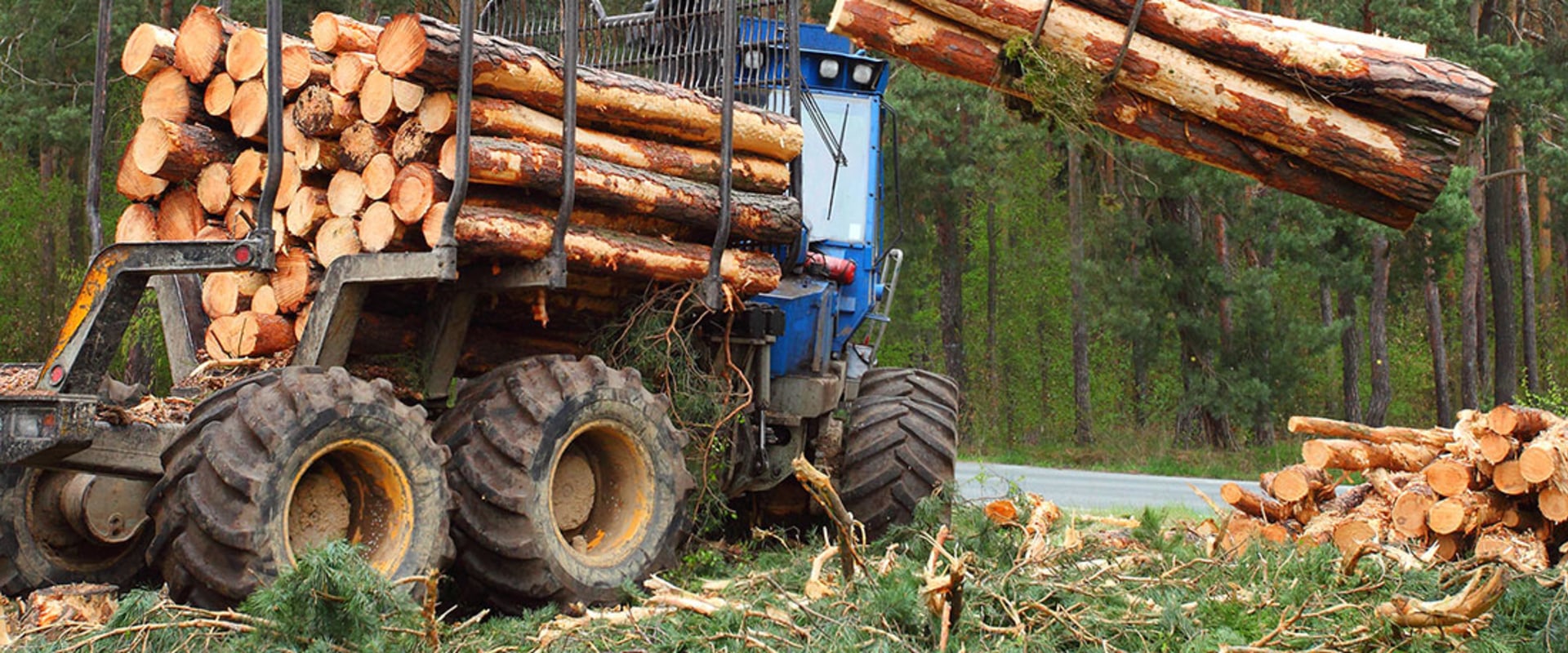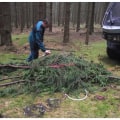Forestry equipment plays a crucial role in the logging industry, helping to efficiently harvest and process trees for various purposes. One essential piece of equipment in this industry is the delimber, which is used to remove branches and limbs from felled trees. Delimbers come in various types, each with its unique features and benefits. In this article, we will explore the different types of delimbers available in the market today.
The Purpose of Delimbers
Before delving into the different types of delimbers, it is essential to understand their purpose.As mentioned earlier, delimbers are used to remove branches and limbs from trees after they have been cut down. This process is known as delimbing and is necessary for several reasons. Firstly, delimbing helps to reduce the weight of the tree, making it easier to transport. It also improves the quality of the logs by removing any damaged or diseased branches. Additionally, delimbing allows for more efficient processing of the tree into lumber or other wood products.
Types of Delimbers
1.Knuckleboom DelimberThe knuckleboom delimber is one of the most common types of delimbers used in the logging industry.It consists of a hydraulic arm with a grapple at one end and a saw at the other end. The arm is mounted on a truck or trailer and can rotate 360 degrees, making it highly versatile. The grapple is used to grab and hold onto the tree while the saw cuts off the branches. The delimbed tree is then loaded onto a truck or trailer for transportation. Knuckleboom delimbers are ideal for processing smaller trees and are highly efficient, making them a popular choice among loggers.
2.Stroke Delimber
The stroke delimber is another commonly used type of delimber.It consists of a conveyor belt that moves the tree through a series of knives, which remove the branches. The delimbed tree is then loaded onto a truck or trailer for transportation. Stroke delimbers are ideal for processing larger trees and can handle a higher volume of logs compared to knuckleboom delimbers. They are also more efficient in terms of fuel consumption, making them a cost-effective option for larger logging operations.
3.Pull-Through Delimber
The pull-through delimber is a type of delimber that is mounted on a skidder or forwarder. It consists of a series of knives that are attached to a chain or cable.The delimbing process involves pulling the tree through the knives, which remove the branches as it passes through. Pull-through delimbers are ideal for processing trees in remote or difficult-to-access areas. They are also highly efficient and can handle a wide range of tree sizes. However, they require skilled operators and may not be suitable for smaller logging operations.
4.Flail Delimber
The flail delimber is a type of delimber that uses rotating drums with chains or blades to remove branches from trees. The tree is fed into the machine, and the drums spin at high speeds, effectively removing all the branches and limbs. Flail delimbers are ideal for processing large volumes of trees quickly and efficiently.They are also highly versatile and can handle various tree sizes and types. However, they require regular maintenance and may not be suitable for smaller logging operations due to their high cost.
Choosing the Right Delimber
When it comes to choosing the right delimber for your logging operation, several factors need to be considered. These include the size and type of trees being processed, the terrain of the logging site, and the volume of logs being produced. For smaller operations, a knuckleboom or stroke delimber may be more suitable, while larger operations may benefit from a pull-through or flail delimber. It is also essential to consider the availability of skilled operators and the cost of maintenance when making a decision.In Conclusion
Delimbers are an essential piece of equipment in the forestry industry, helping to streamline the process of harvesting and processing trees.The different types of delimbers available offer various benefits and features, making it crucial to choose the right one for your specific needs. By understanding the purpose and capabilities of each type, you can make an informed decision and ensure efficient and effective delimbing in your logging operation.







